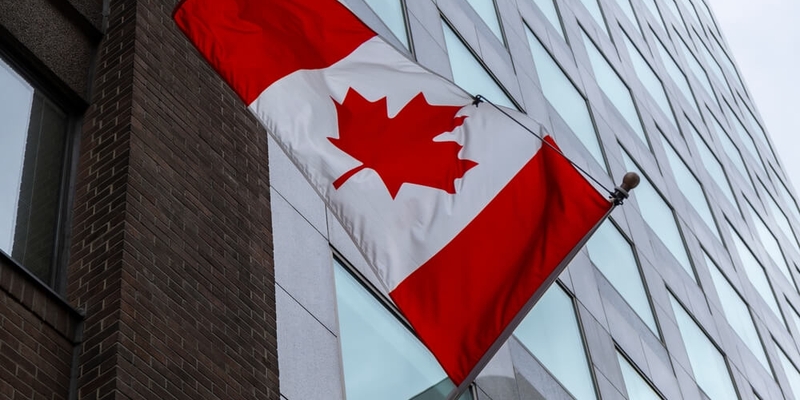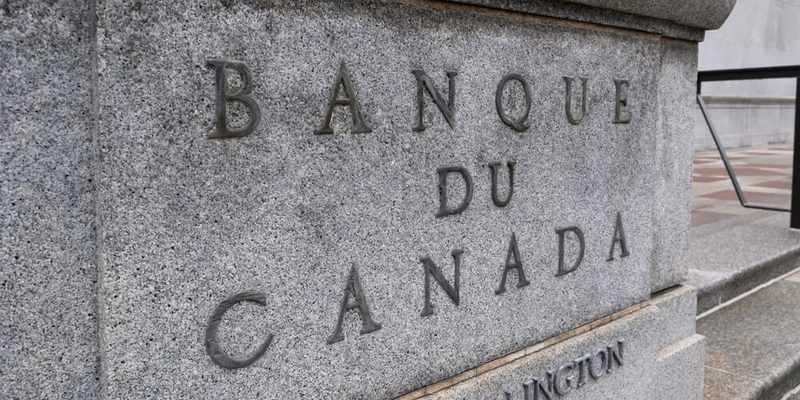
If you are not redirected within 30 seconds, please click here to continue.
Samedi: 10h – 16h HAE

If you are not redirected within 30 seconds, please click here to continue.
If you are not redirected within 30 seconds, please click here to continue.
Federal Budget 2019: New Co-Pay Incentive for First-Time Home Buyers

The Federal Government has tabled their last budget before they head to elections this Fall, and in it is one very big announcement for first-time home buyers.
Federal Finance Minister Bill Morneau has announced $23 billion in new spending. This will be spread out over more than 127 areas. As we had expected this includes money for, first-time home buyers, seniors, skills training for adults, pharmacare and indigenous services.
They are breaking one of their key promises in their 2015 election campaign of balancing the budget by 2019. Now there is no timeline for when they will balance the books. This will inevitably become a major talking point among their opposition as they head to the polls.
Help for first-time home buyers
The headline announcement is aimed at millennials. Called the ‘First-Time Home Buyer Incentive’ it promises to help young people purchase their first home. It will be administered by the Canada Mortgage and Housing Corporation. The government says they will provide up to $1.25 billion over three years, starting in 2019–20 to eligible home buyers by sharing in the cost of a mortgage. As a means-tested program, the incentive will target Canadians that face legitimate challenges entering housing markets.
The crown corporation will provide funding of 5 or 10 percent of the home purchase price. No ongoing monthly payments are required. The buyer would repay the incentive at re-sale or when the mortgage is paid off. This is the example that was highlighted in the budget.
If a borrower purchases a $400,000 home with a 5 percent down payment and a 5 percent CMHC shared equity mortgage ($20,000), the size of the borrower's insured mortgage would be reduced from $380,000 to $360,000, helping to lower the borrower's monthly mortgage bill. This would make it easier for Canadians to buy homes they can afford.
The incentive is income tested and will available to those with a household income of less than $120,000. They are also increasing the amount you can borrow under the ‘First Time Home Buyers Plan.’ This is money you take out of your RRSP savings to purchase a house. That is now increased from $25,000 to $35,000, starting today.
Focus on seniors
The government wants to spend $1.76 billion over the next four years to improve the economic security of low-income seniors. They plan to do this through the enhanced Guaranteed Income Supplement earning exemption. According to the details laid out in the budget, beginning in July 2020 the enhancement would:
- Extend eligibility for the earnings exemption to self-employment income.
- Provide a full or partial exemption on up to $15,000 of annual employment and self-employment income for each GIS or Allowance recipient as well as their spouse, specifically by:
- Increasing the amount of the full exemption from $3,500 to $5,000 per year for each GIS or Allowance recipient as well as their spouse;
- Introducing a partial exemption of 50 percent, to apply to up to $10,000 of annual employment and self-employment income beyond the initial $5,000 for each GIS or Allowance recipient as well as their spouse.
There is additional funding of $100 million over five years, with $20 million per year ongoing, for the ‘New Horizons for Seniors Program.’
The program is said to support projects that improve the quality of life for seniors and promote their full participation in Canadian society. The program offers up to $25,000 to support projects in local communities – such as new fitness equipment for seniors' centres – and up to $5 million to support projects that are national in scope and that can benefit seniors across the country, like financial literacy classes.
New skills trainings program
The government is promising $1.7 billion in new funding for skills training for adult Canadians. Called the ‘Canada Training Benefit’, they say it is a personalized, portable training benefit to help people plan for and get the training they need. This will be in the form of tax credits, including a credit for eligible workers to pay for training fees, and a credit supporting training for people receiving EI.
In the budget the government details:
- This new, non-taxable credit would help Canadians pay for training fees. Every year, eligible workers between the ages of 25 and 64 would accumulate a credit balance of $250 per year, up to a lifetime limit of $5,000. With this credit, a Canadian worker would accumulate $1,000 every four years, to be used for training fees.
- The accumulation of this refundable tax credit would be available to workers with earnings of at least $10,000 (including maternity and parental benefits) and income less than around $150,000 a year ($147,667 in the 2019 tax year).
- Canadians would be able to apply their accumulated Canada Training Credit balance against up to half the cost of training fees at colleges, universities, and eligible institutions providing occupational skills training starting in 2020.
- Canadians would claim this refund when they file their tax return. The updated credit balance would be included in the information the Canada Revenue Agency (CRA) sends to Canadians each year after they file their taxes. Canadians would also be able to check the total of their balance at any time, using CRA's My Account.
- To introduce and deliver this new credit, Budget 2019 proposes to invest $710 million over five years, starting in 2019–20, and $265 million per year ongoing.
Indigenous services
The Federal Liberals are promising to spend $4.5 billion in new money over five years for First Nation, Metis and Inuit services.
Some of those initiatives include, funding of $1.4 billion over seven years starting in 2018–19, to forgive all outstanding comprehensive claim negotiation loans and to reimburse Indigenous governments that have already repaid these loans.
$78.9 million over seven years, starting in 2019–20, with $13.7 million per year ongoing, to permanently fund the Surveys on Indigenous Peoples and the First Nations Regional Health Survey.
$48.0 million over two years, starting in 2019–20, to directly support communities in greatest need obtain the expertise, advice and tools required to govern their communities and deliver critical programs and services.
$4.5 billion over five years, beginning in 2019–20, to continue efforts to close the gap between the living conditions of Indigenous Peoples and the non-Indigenous population.
Increased internet access
The Government says internet access is no longer a luxury but a necessity. They are proposing a new, coordinated plan that would deliver $5 billion to $6 billion in new investments in rural broadband over the next 10 years. This includes many rural and indigenous communities.
Pharmacare
The government says it plans to move forward on a national pharmacare plan. To help Canadians with rare diseases they proposes to invest up to $1 billion over two years, starting in 2022–23, with up to $500 million per year ongoing.
As well at a cost of $35 million over four years for Health Canada, they want to establish a ‘Canadian Drug Agency Transition Office’ to support this development.
Here is their three-step plan:
- The Canadian Drug Agency, a new national drug agency that would build on existing provincial and territorial successes, and take a coordinated approach to assessing effectiveness and negotiating prescription drug prices on behalf of Canadians. Negotiating better prices could help lower the cost of prescription drugs for Canadians by up to $3 billion per year in the long term.
- A national formulary—a comprehensive, evidence-based list of prescribed drugs, to be developed as part of the Canadian Drug Agency. This would provide the basis for a consistent approach to formulary listing and patient access across the country.
- A national strategy for high-cost drugs for rare diseases to help Canadians get better access to the effective treatments they need. This is an important first step in expanding drug coverage through federal support.
Going forward, the 2019 Federal budget projects a $20 billion deficit next year. That is expected to fall to $15 billion two years later, then again to $10 billion in 2023-2024.
To read the full 2019 budget visit https://www.budget.gc.ca/2019/home-accueil-en.html
Get money-saving tips in your inbox.
Stay on top of personal finance tips from our money experts!










